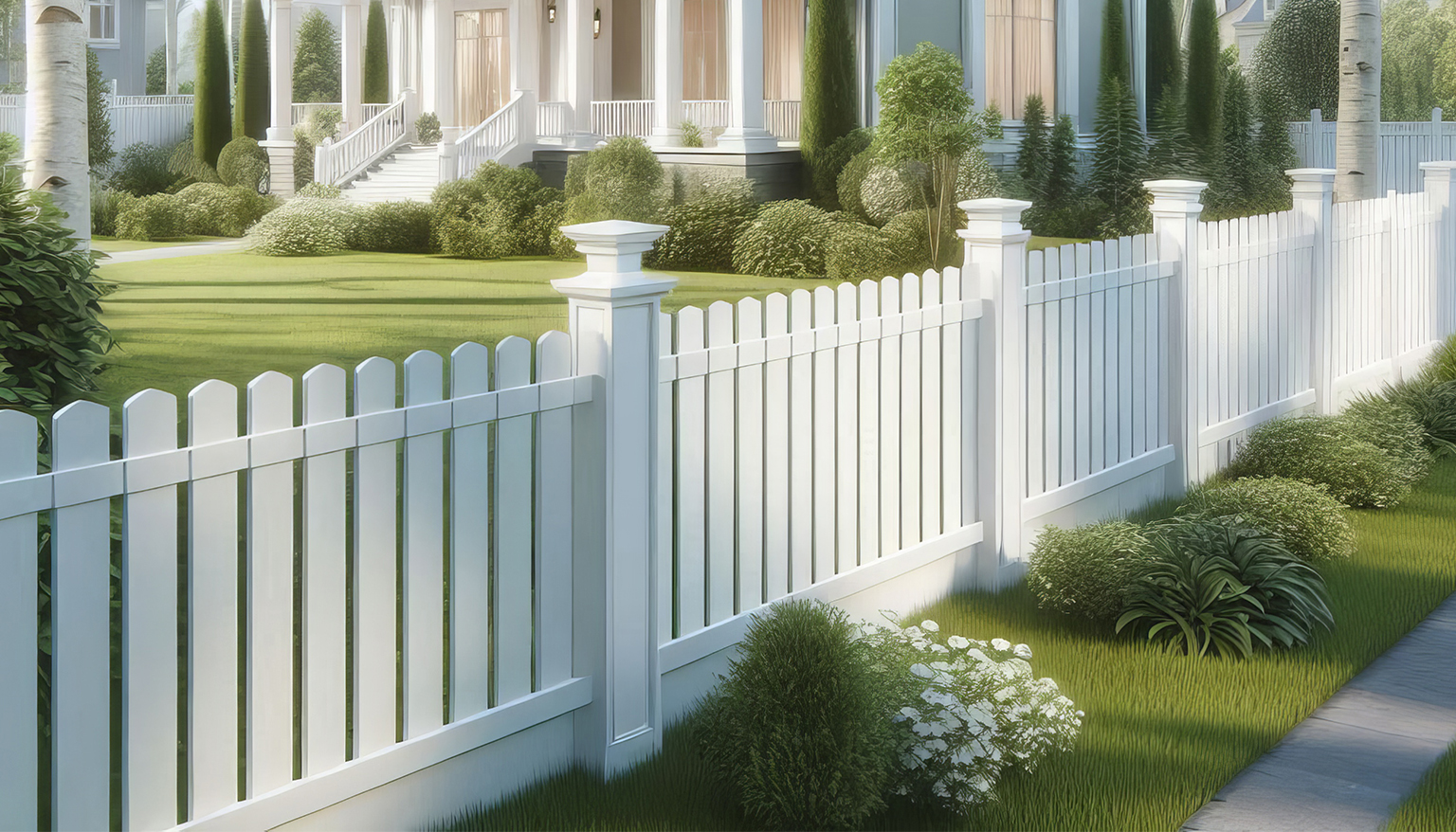
The Environmental Impact of Different Fence Materials
Building a fence is not just about creating a boundary around your property; it’s also about making an impact on the environment. While we often think about aesthetic appeal, durability, and cost, the materials we choose can have significant implications for the planet. In this article, we’ll explore the environmental impact of different fence materials, helping you make an informed decision when choosing a fence for your home or garden.
Understanding Fence Materials
Fences are made from a wide variety of materials, each with its own environmental footprint. The most common materials include:
- Wood
- Vinyl
- Metal (Steel and Aluminum)
- Composite
- Brick and Stone
Let’s dive deeper into the environmental impact of each of these materials!
Wood Fencing: A Natural Choice with Important Considerations
Wood is one of the most popular fencing materials due to its classic look and versatility. However, the environmental impact can vary significantly based on the type of wood used.
- Renewable Resource: Wood is a renewable resource if sourced sustainably. Look for wood certified by organizations like the Forest Stewardship Council (FSC).
- Carbon Sequestration: Trees absorb carbon dioxide, making wood fencing potentially beneficial for the environment.
- Pesticides and Preservatives: Many wood products are treated with chemicals that can harm ecosystems. Opting for untreated or naturally resistant woods like cedar can reduce this impact.
Recent studies show that sustainably harvested wood can contribute positively to the environment, making it a worthwhile option if sourced responsibly.
Vinyl Fencing: The Durable Yet Costly Choice
Vinyl fencing is popular for its low maintenance requirements and longevity. However, its environmental merits are contentious.
- Manufacturing Impact: Vinyl is derived from petroleum products, which can have a high carbon footprint during production.
- Recyclability: Some vinyl products are recyclable, but many end up in landfills as most facilities do not accept them.
- Durability: While vinyl can last a long time, once it’s in the environment, it doesn’t biodegrade.
In essence, while vinyl may offer some efficiency advantages, its production and disposal pose significant environmental challenges.
Metal Fencing: A Sturdy Option with Metal’s Ecological Impact
Metal fences, particularly aluminum and steel, are known for their durability and strength but come with their own environmental considerations.
- Energy-Intensive Production: The extraction and processing of metal require a lot of energy, contributing to greenhouse gas emissions.
- Recyclability: On a positive note, both aluminum and steel are highly recyclable, reducing the need for virgin materials and minimizing waste.
- Longevity: Metal fences can last years with little maintenance, potentially offsetting their initial environmental costs.
There are innovative practices in the metal fence industry aimed at improving energy efficiency and reducing waste, showcasing a move towards sustainability.
Composite Fencing: The Best of Both Worlds?
Composite fencing is made from a mix of plastic and wood fibers, designed to mimic the look of wood without its drawbacks. But how does it stack up environmentally?
- Material Sources: The wood fibers can come from recycled materials, while the plastics often come from non-renewable resources.
- Longevity and Maintenance: Composite fencing is resistant to rot and requires less maintenance than traditional wood.
- Recyclability: This varies by manufacturer; some composites are recyclable while others might not degrade well in landfills.
Composite fencing presents an interesting compromise; however, a careful look must be taken into the specific product’s lifecycle and recyclability options.
Brick and Stone: Nature’s Sturdy Adornments
Lastly, we have natural materials like brick and stone, known for their durability and aesthetic appeal.
- Non-renewable Resources: The extraction and transportation of these materials can be energy-intensive and have a high carbon footprint.
- Longevity: Brick and stone are incredibly durable, often lasting a lifetime with minimal maintenance.
- Natural Aesthetics: These materials blend beautifully into the environment, providing an option that may enhance natural landscapes.
While bricks and stones may have a more significant initial environmental impact, their longevity can justify the investment in sustainable design.
Making the Sustainable Choice: A Guide to Eco-Friendly Fencing
So, how do you choose the most sustainable option for your fencing needs? Here are some steps:
- Research the sourcing of materials: Ensure they are sustainably harvested or recycled.
- Calculate the life cycle of your chosen material: Weigh the initial production impact against its longevity and maintenance.
- Consider local availability: Using local materials can significantly cut down on transportation emissions.
- Consult with professionals: Seek advice from a reputable fence company in Michigan to understand the best material for your specific circumstances and location.
Conclusion: Fencing for Future Generations
Choosing the right fencing material is more than just an aesthetic decision; it’s an opportunity to contribute to environmental sustainability. Each option has its pros and cons, and being informed helps you make the best choice for your property and the planet. Remember, sustainability can come in many forms, and often the best choice is one that balances functionality, aesthetics, and environmental responsibility.
So, as you embark on your fencing journey, consider not just the barriers you are creating, but also the legacy you are leaving for future generations. Let’s build a greener tomorrow, one fence at a time!

0 comments